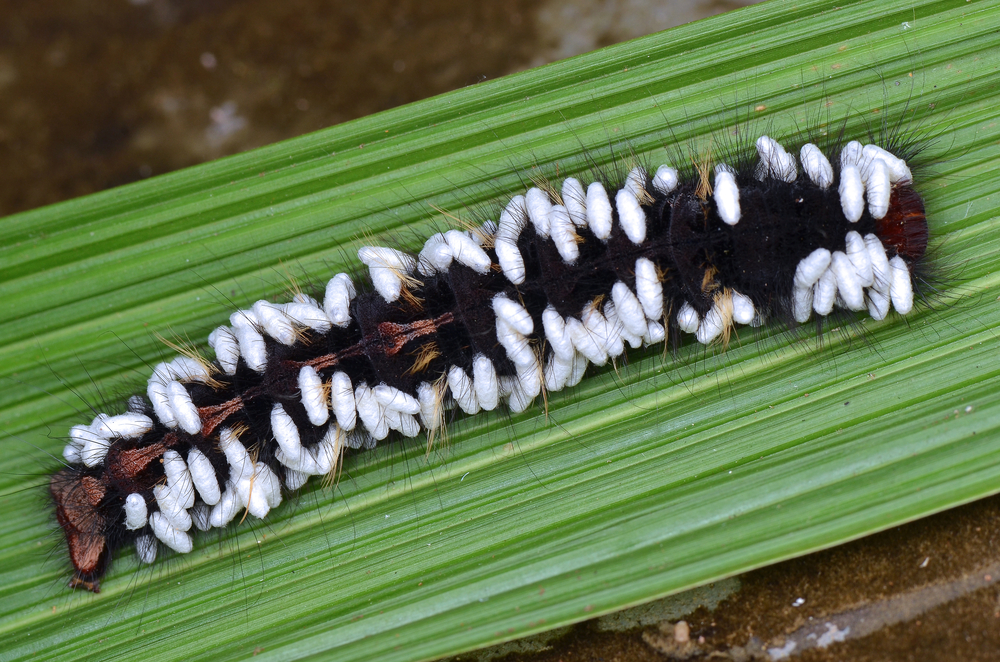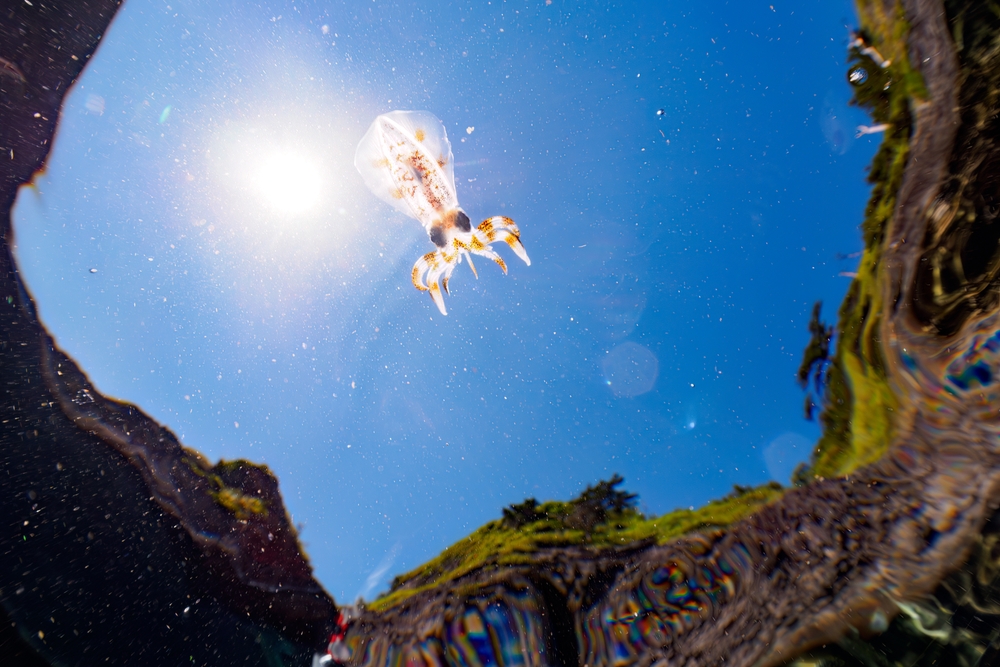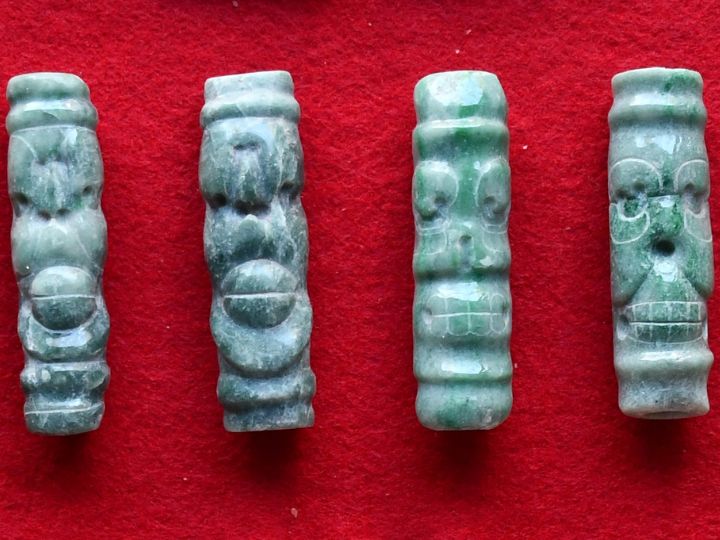Terahertz optoacoustics allows real-time monitoring of blood sodium levels
An imbalance in sodium ions in the blood causes a number of physiological problems, but so far it has not been possible to measure these ion concentrations in vivo. Now researchers have successfully applied their terahertz optoacoustic technology to measure blood ion concentrations non-invasively, overcoming the challenges posed by previous approaches. They report their findings in Optica.
The idea to combine terahertz spectroscopy with optoacoustic detection came about during a recruitment trip when Zhen Tian from the School of Precision Instrument and Optoelectronics Engineering at Tianjin University in China got chatting with colleague Jiao Li – co-author of this latest study. At the time, Tian’s work was focused primarily on terahertz technology while Li had been working on optoacoustics, but the more they talked, the more interested they became in each other’s fields, and took “every available opportunity to discuss these topics in depth” during the trip.
Putting their heads together on their return, in 2021 they successfully demonstrated terahertz optoacoustic detection of ions in water, despite the challenges of the pandemic. “We thought things would progress smoothly from there, but deeper investigations revealed a series of technical challenges,” Tian tells Physics World. “What began as a fortunate opportunity soon turned into a demanding endeavour.”
The sodium focus
Since ions are strongly polar, they absorb highly in the terahertz range, making them easy to detect. As such, Tian and Li were keen to find a scenario where the tracking of ions might be useful. Another colleague at Tianjin University (also a co-author on this new study) pointed out that ion imbalances in the blood can cause kidney disease and serious neurological conditions. The most abundant ion in the blood is sodium, and as Li explains, not only do imbalances in sodium ions need prompt correction, but the lack of means for monitoring sodium ions in vivo poses risks of neural demyelination and brain damage during sodium ion supplementation.
One of the key challenges was the high water content of body tissues, because water absorbs terahertz radiation so strongly. The researchers turned this to an advantage by using the water to detect emitted terahertz radiation from the sample, exploiting the fact that the optoacoustic response is temperature dependent. At cold temperatures, absorbing terahertz radiation emitted from the sample heats up the water, which detectably impacts its optoacoustic signal. Therefore, comparing the sample’s optoacoustic response to terahertz radiation with values for pure water gives a quantitative indication of the absorption by the sample and thus the concentration of ions present.
Although the researchers demonstrated a proof-of-principle for this approach in 2021, they then had to battle with several other issues. They improved the stability of the light source by reducing thermal fluctuations and making other optimizations to the experimental environment; they used higher-intensity light sources and enhanced detectors to increase the detection sensitivity; and they used spectral filtering to achieve molecular specificity in the optoacoustic detection. Tian expresses his gratitude to Yixin Yao, a co-first author of the paper, as well as to the students involved. “It was their commitment and perseverance that helped us overcome each hurdle,” he says.
The team demonstrated that the enhanced system could detect sodium ions in human blood flowing through a microfluid chip and measure increases in blood sodium levels in living mice. The operating temperature for the technique was 8 °C, cold enough to cause damage to many parts of the body. However, the researchers noted that the ear is particularly resilient to temperature, so they cooled and monitored just the animal’s ear, limiting the experiment duration to 30 min. This way they were able to complete their measurements without incurring any tissue damage.
Although the numerous previous in vitro experiments had left the researchers full of “anticipation” for the success of the attempts in vivo, Tian tells Physics World, “when we saw the terahertz optoacoustic signal enhance after sodium ion injection, all of us, including the students conducting the experiment, cheered with excitement”.
“It is very nice to see [that] fundamental studies on dielectric response of aqueous salt solutions may result in a sensor for human health,” says Andrea Markelz from the University at Buffalo, whose research focuses on biomolecular dynamics and terahertz time domain spectroscopy, although she was not directly involved in this study. She notes that tagless terahertz-based biomonitoring is challenging, due to both the strong aqueous background and the lack of narrowband signatures. “It will be very interesting to see if the sensitivity remains robust for different organisms under different conditions,” she adds.
Next, Tian and his collaborators plan to apply the approach to detect neural ion activity without the need for labelling. “It’s admittedly a bold and ambitious idea – but one that has truly excited our team,” he says.
The post Terahertz optoacoustics allows real-time monitoring of blood sodium levels appeared first on Physics World.

















